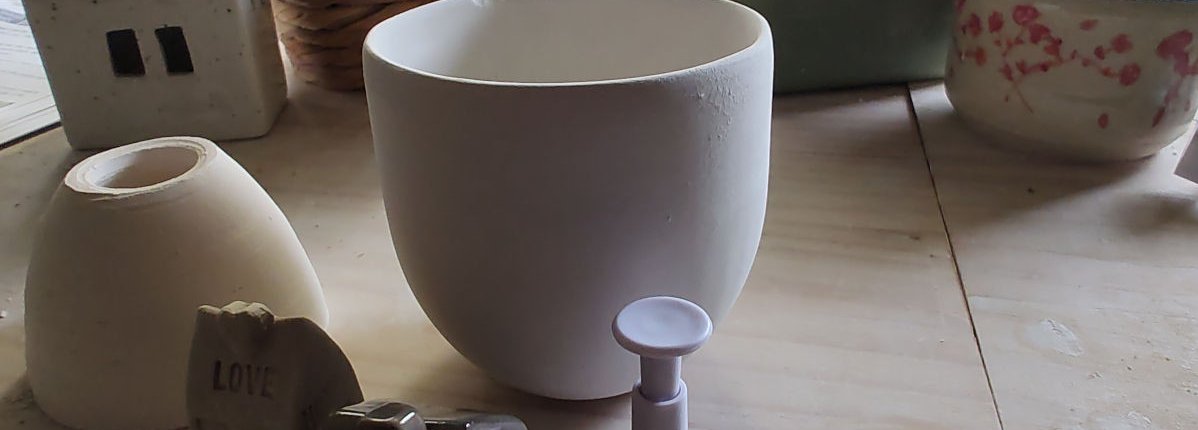Understanding the Stages of Clay Drying for Successful Kiln Firing
Summary
If you’re a ceramics artist or a pottery enthusiast, you know that proper clay drying is crucial for successful kiln firing. Drying clay before firing it in a kiln is a critical step in the ceramic process that requires careful attention to ensure that your clay pieces don’t crack, warp, or explode during firing. In this blog post, we’ll delve into the importance of clay drying times specifically for kiln firing and provide some valuable tips for mastering this essential aspect of ceramics.
Key Points
- Leather hard: This is the stage where the clay is firm enough to hold its shape but still slightly soft and pliable. It’s the ideal stage for trimming, carving, or attaching handles or other elements to your clay piece. At this stage, the clay has lost some of its moisture but still contains enough water for it to be workable without losing its form.
- Bone dry: At this stage, the clay has lost all its moisture and feels dry to the touch. It’s brittle and can be easily damaged. The clay has shrunk in size and has a dull, matte appearance. Clay is considered bone dry when it no longer feels cool to the touch. It’s important to note that bone dry clay is extremely fragile and can easily crack or break, so handle it with care.
- Greenware: This refers to the unfired, completely dried clay that is ready for the first firing or bisque firing in the kiln. Greenware is typically very fragile and susceptible to cracks, warping, and other defects. It’s important to handle greenware with care to avoid any damage.
It’s essential to pay close attention to the stages of clay drying and ensure that your clay pieces are properly dried before firing them in the kiln. If clay is not dried thoroughly, it can lead to issues such as cracking, warping, and even exploding in the kiln due to trapped moisture turning into steam. On the other hand, if clay is over-dried, it can become too brittle and prone to cracking during firing as well. Properly managing the stages of clay drying is essential for achieving successful results in your kiln firing process.
To determine if your clay is properly dried, you can use a simple test. Press your finger gently on the clay surface. If it leaves no indentation and the clay feels dry and warm to the touch, it’s likely bone dry and ready for firing. However, if it still feels cool or leaves an indentation, it’s not fully dried and needs more time to dry before firing.
Conclusion
In conclusion, understanding the stages of clay drying – leather hard, bone dry, and greenware – is crucial for successful kiln firing. Properly drying your clay pieces before firing is essential to prevent defects and achieve desirable results. Paying close attention to factors such as thickness, humidity, temperature, and air circulation, along with regular testing, can help you master the clay drying process and achieve successful kiln firing results in your ceramics work.



